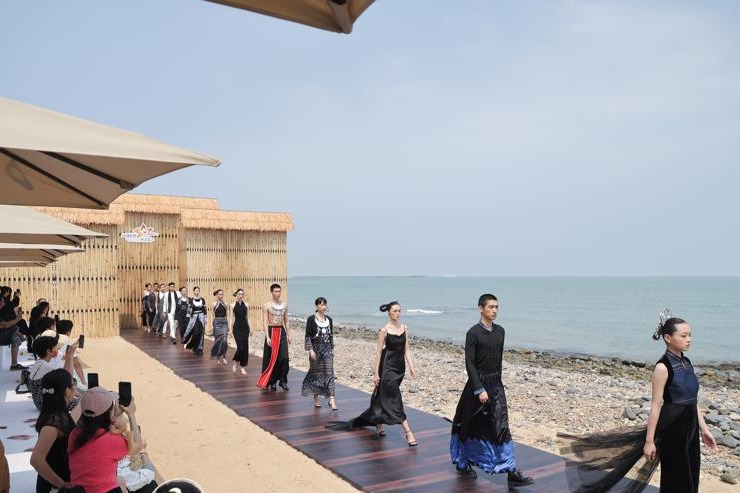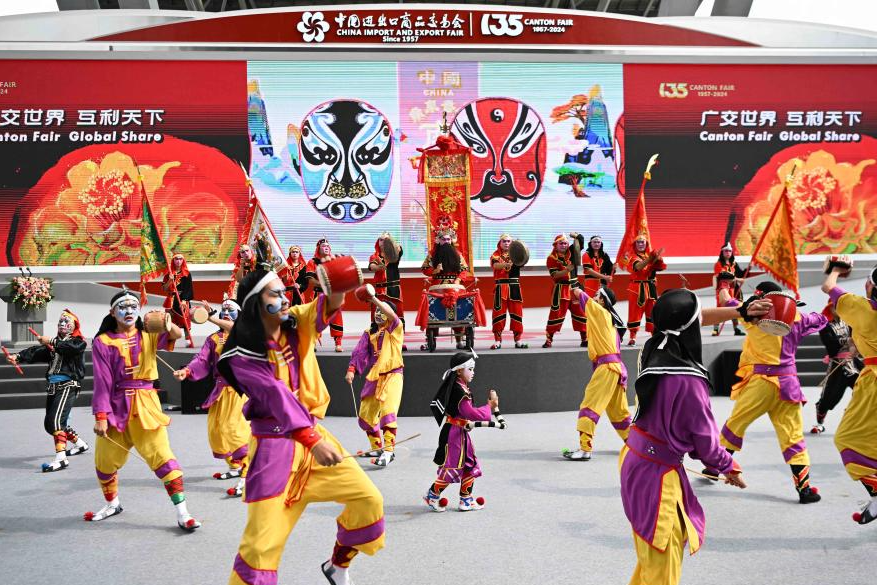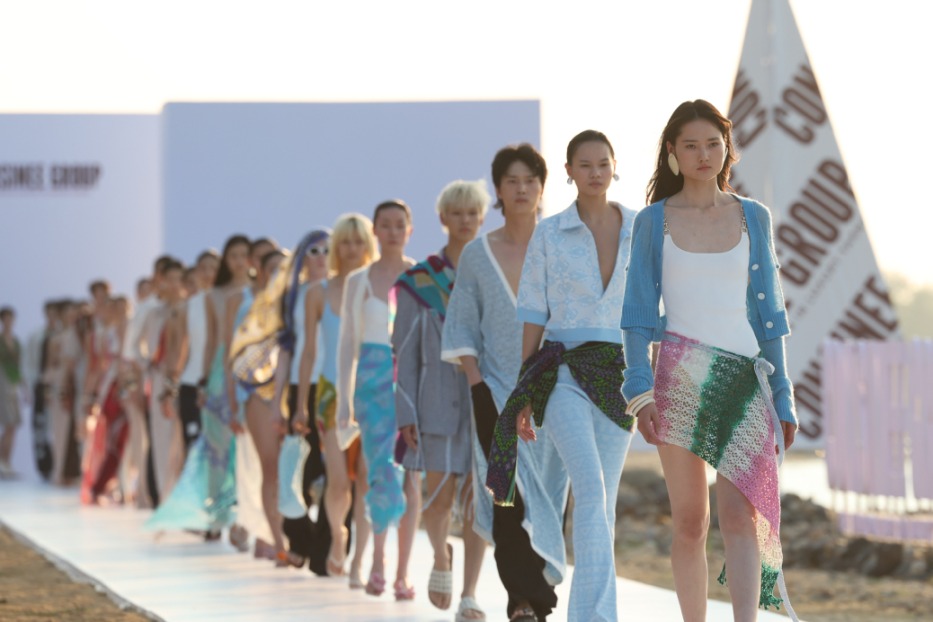Beauties revive cosmetics brands


Consumption upgrade helping high-end firms gain more shine
High-end cosmetics are seeing a resurgence in the China market on the back of a consumption upgrade among newly affluent, image-conscious Chinese female consumers, particularly university students, professional women and middle-aged homemakers with rising disposable incomes.
Industry insiders said such women attach importance to looking good as well as a professional appearance in formal settings. Hence, they are spending more on beauty products and services, giving an unexpected boost to sales of long dormant or struggling cosmetic brands.
For instance, Cle de Peau Beaute, a high-end brand of Japanese cosmetics manufacturer Shiseido Co Ltd, has been in the China market for nearly two decades. But, until recently, it remained largely obscure and was ignored.
So much so its brand managers decided to shrink marketing costs by the end of 2014. However, in the first half of 2016, Cle de Peau Beaute's sales revenue in China suddenly surged 60 percent year-on-year, and its sales growth exceeded that of comparable top brands like Shiseido and Ipsa.
One of the reasons for the sales surge was that on Tmall, Alibaba Group's online marketplace for established brands, newly employed young Chinese women started to buy its products.
Among Cle de Peau Beaute's buyers on Tmall, 35 percent were aged between 25 and 29, and 26 percent were aged between 18 and 24, according to the website data.
Typically, online shoppers are five to 10 years younger than those who buy from brick-and-mortar stores.
"Cle de Peau puts in a lot of efforts and investment in the R&D of its products, and it doesn't advertise much. The brand builds its reputation by word of mouth," said Neil Wang, president of consulting firm Frost & Sullivan in China.
"I'm bullish on the growth potential of high-end beauty products that offer good consumer experiences. Brands are making more efforts to publicize their products online and offline."
During the Singles Day online shopping festival on Nov 11, sales of Cle de Peau Beaute and La Mer, a US beauty brand, surged about 250 percent and 300 percent respectively, compared to their 11-11 sales in 2016. Sales growth rates of nearly 60 skincare brands, including Shu Uemura and Sulwhasoo, doubled.
Cle de Peau Beaute, and other high-end brands like La Mer and La Prairie, are originally known for their anti-aging and skin repair products that are usually sought by affluent middle-aged Chinese female consumers.
"An increasing number of Chinese young consumers are paying attention to products' quality, and are willing to spend on expensive cosmetics and skincare products," Wang said.
"Expensive" here could mean a 40 ml concentrated brightening serum retailing for 1480 yuan ($233).
Last year, Shiseido saw its sales revenue in China reach 8.39 billion yuan, growing 22.2 percent year-on-year. During the same period, the net profit achieved 660 million yuan, surging 212.2 percent year-on-year, and Cle de Peau Beaute contributed a large portion to the growth, the company said.
"As a lot of Chinese consumers travel to Japan for tourism, they become familiar with Japanese beauty brands such as Cle de Peau Beaute, which helps expand their fame in China. When such tourists return home, they tend to buy such products online," Wang said.
Lily Min, 27, a lawyer in Beijing, agreed. "For women, looking good can be an asset. Using good skincare products is a long-term investment, because face is so important now. It's better to use something than not use it."
Wang said brand endorsements and recommendations by film stars and internet celebrities do have some impact on young consumers, but the latter's decision-making still depends on the quality of products and personal preferences. So, excessive publicity may prove counterproductive.




































